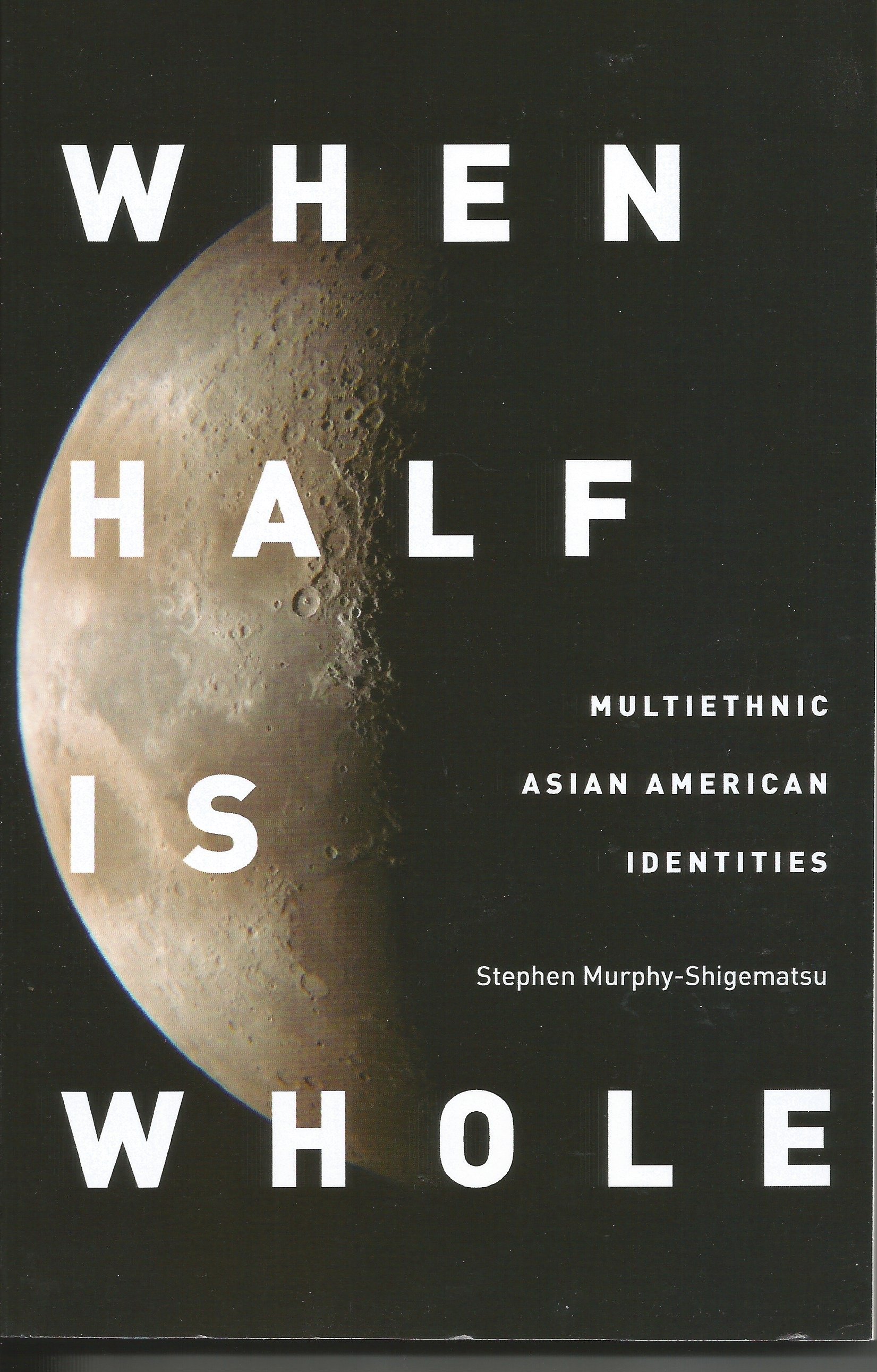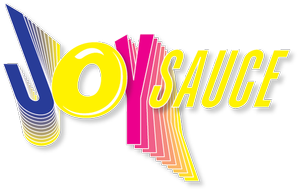Kamala Harris is South Asian AND Black
Mixed Asian Media - September 9, 2024
By Stephen Murphy-Shigematsu
Powered by JoySauce
In a July 31 appearance before the National Association of Black Journalists in Chicago, Donald Trump tried to tell people who Kamala Harris is. He claimed that “she was Indian all the way and then all of a sudden she made a turn and she became a Black person.” It didn’t go well because the people there know who Kamala is and he doesn't.
No Donald, she didn’t suddenly change. She is Indian and she is Black, always has been and always will be. Kamala has long embraced both her South Asian and Black identities. Neither Donald nor anyone else can judge who she is and try to impose their narrow, biased views on her. No one can tell her who she is. She cannot be confined to their little constraining boxes. She can be all that she was born to be, a whole person.
People like Donald have tried throughout U.S. history to tell people who they are with their “one-drop rule” that made anyone with a drop of “Black” blood a “Negro.” They have labeled and classified others with pejorative terms such as mulatto, quadroon, octoroon, and half-breed. Now Donald is trying to tell Kamala that she’s not really Black. He showed a photo of Kamala dressed in a sari as if it proved that she wasn’t Black. Well, he just doesn’t know — doesn’t understand — that she IS Black and that it doesn’t negate in any way that she is Indian too.
Then JD Vance questioned her authenticity by claiming that when she was with Black people she was Black but among Indian people she was Indian. Yes JD, Kamala can be Black when she’s with Black people and she can be Indian when she’s among Indian people, because she belongs in both groups. She is part of both communities. She can be many things with many people and that doesn’t make her any less of anything. Your own children may someday want to identify likewise.
Kamala’s reaction was to simply call it more of the same old show of divisiveness and disrespect that is part of Donald’s act. I’m sure she has a lot more to say. I do.
I recall how a woman boss, who was white, tried to tell others in a meeting that I wasn’t really Asian because my father was Irish. She was disrespecting me to divide me from my Black colleagues as we were uniting in opposition to her leadership. I’m usually slow to anger, but I exploded at her audacity, standing up and roaring, “You don’t get to tell me who I am! You don’t know me!”
It isn’t just white people who do this. Although there is the tendency to “claim us when we’re famous,” there are self-designated gatekeepers in our communities of color as well. There are Black people who also think that Kamala is not Black enough. There are Indian people who think she is not Indian enough.
The reality is that many people have multiple heritages and lead complex lives that cross borders. Nearly 34 million people — more than 10% of the population — identified as multiracial in the 2020 Census. Mostly we just want to be ourselves and not be restricted by others’ inability to grasp that we are more than one thing. We are whole in our own way, neither more nor less than anyone else.
While acknowledging the critical concern with how we are perceived by others, we also proclaim the right and ability to self-define and assert ourselves. Though others may try to define by exclusion, we define by inclusion. We are connecting to the diverse parts of ourselves and in so doing, connecting with wider communities of people, cultures, and histories. This process of creation is healing and empowering for both individuals and communities.
The cover of my book When Half is Whole: Multiethnic Asian American Identities, shows a half moon as a metaphor for how others see us as half this or half that. But there is a hidden wholeness and we really are a whole moon. Mitzi Uehara Carter, whose story is in the book, is “Blasian” — African American and Okinawan Japanese. Mitzi writes:
“Our bodies, our presence, our reality are a nuisance to some because we defy a definite and demarcated set of boundaries. We confuse those who try to organize ethnic groups by highlighting these boundaries because they don’t know how to include us or exclude us. We are Blackanese, Hapa, Eurasian, Multiracial.”
She celebrates her Blackness and proudly embraces being racialized as a Black woman in the U.S. just as much as she celebrates all the Okinawan sensibilities and world views absorbed through her mother that allow her to slip into her ethnic roots as an Okinawan American. Black Okinawan American is an identity that she calls “radically fluid.”
Mitzi’s “we” includes a wider range of people, the rapidly expanding multiracial population that still faces challenges. To some people, “we” are offensive and a nuisance. Offensive because we raise disturbing thoughts of interracial sex? Offensive because our very bodies destroy the neat boundaries cherished by so many people trying to control and order their world into rigid and hierarchical racial boxes? A nuisance because we threaten the authority of established political interest groups and those heavily invested in maintaining distinctions and barriers to membership?
Photo of Mitzi Uehara Carter. Image courtesy of Stephen Murphy-Shigematsu.
Being offensive and a nuisance is a role that artists and writers of color can take to a higher level where we provide insights and conceptions of how we might heal ourselves from what most deeply divides and threatens us. Mixed-race artists are creating a revolutionary consciousness by actively connecting to all their parts and engaging in activities that bring people together.
The attention being given to Kamala Harris' multi-identity may help raise awareness and acceptance for other multiethnic/multiracial folks. It might help all of us reflect on our own identities, feel empowered to look deeper into our own history, and reclaim the power of the resilience of our people and ancestors. In oneness, we can connect to ourselves and others, healing the hurts of human suffering caused by the illusion of our separateness.
Stephen Murphy-Shigematsu is a psychologist at Stanford University and author of When Half is Whole: Multiethnic Asian American Identities.
JoySauce is a multimedia network dedicated to celebrating the full spectrum of Asian American and Pacific Islander narratives. The site boasts a vibrant library of content around entertainment, lifestyle, food, travel, culture, relationships, art, and education in the form of exciting new streaming shows, movies, standup comedy, provocative podcasts, and a suite of editorial updated daily.




